The biggest job young people have in life is getting old. This is the first piece of advice shared in They Saw The Sun First, a short film by Stefan Hunt.
After realizing the voice of elders was missing from the life advice he consumed—on podcasts, newsletters, and social media—Hunt set out to change that by interviewing New York City’s aging population. The final result? A beautiful series of experimental vignettes that explore youth, the relationship to self and others, dreams, and everything in between. Working alongside Fresh Film Productions, Hunt and his short film took home the 2021 Webby Award in Video for Art & Experimental.
We spoke to Hunt about the process of creating his film that serves as an ode to our elders, and a love letter to life.

What inspired you to create this short film interviewing New York’s elders?
I have these early childhood memories of sitting in my mum’s lap and literally bawling my eyes out at the prospect of growing up. Adulthood looked terrifyingly boring. I couldn’t believe this was every kid’s destiny. So I guess my work always had this childlike lens, storytelling filled with naivety and wonder. Then I had a conversation about life with a friend of mine, an elder, and this sparked a curiosity in me about what the other end of life looks like.
It also made me realise that nearly all the ‘life advice’ I was consuming on social media / podcasts / newsletters was from younger people, like me, who had access to these platforms. So I began interviewing ageing New Yorkers about life, death and everything in between. We’d speak for hours and amongst the chats these little gems of wisdom would emerge. Listening to someone reflect on a life that they’re nearly at the end of really sticks with you, and I wanted other young people to hear it too.
What questions did you have before you started this project–about what you were going to hear, see and feel?
So I didn’t go into these conversations with any specific answers that I wanted to get. I feel like New York is filled with interesting characters who have seen some stuff and they would inevitably have great stories to tell.
My questions were simple. They included; Whats your biggest regret in life? How has the world changed? What advice would you give your younger self? The rest of it was just about listening.
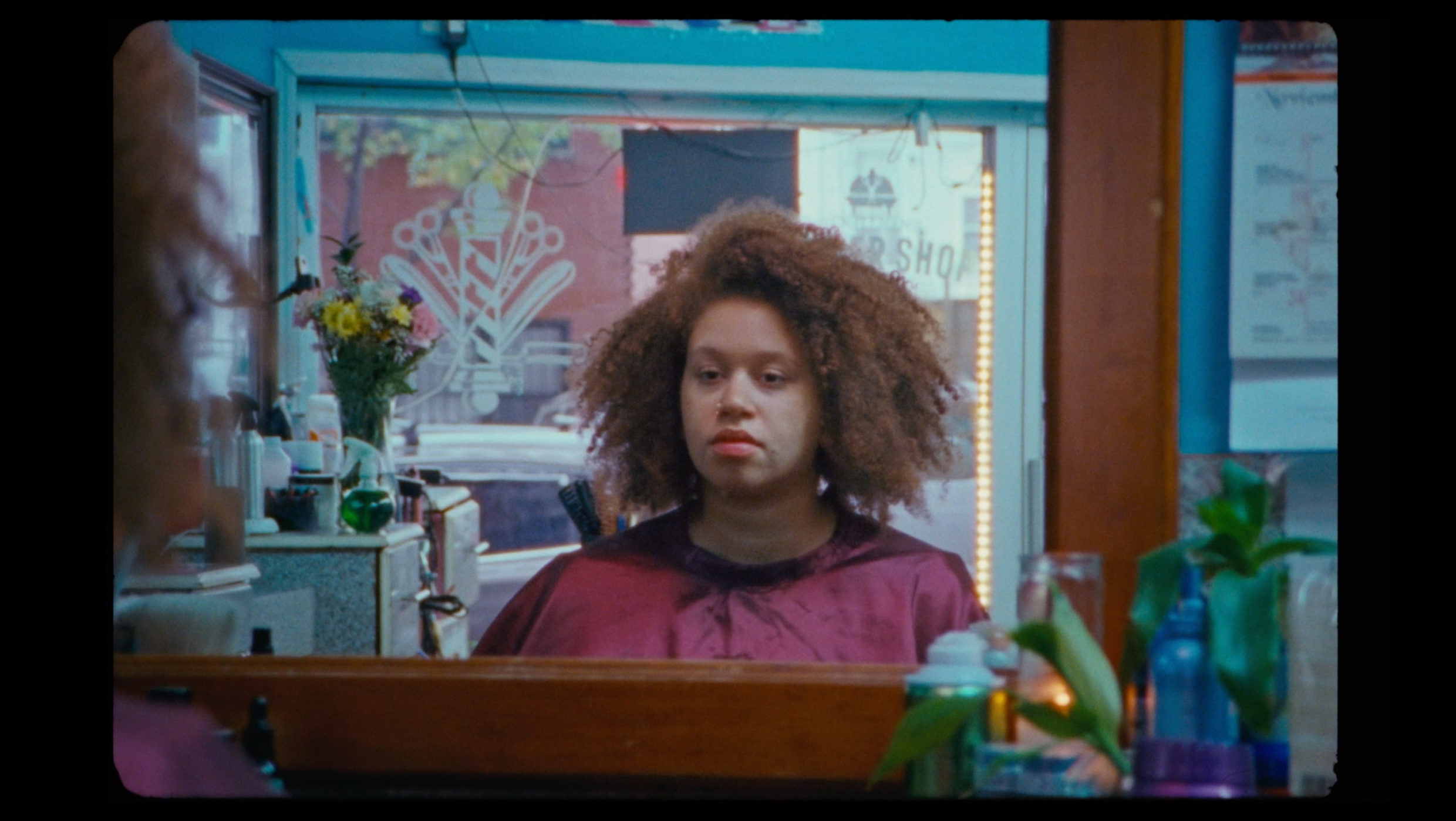
What surprised you about what you uncovered through the interviews and in the final cut?
One of the people I interviewed is named Nancy. It’s her voice that opens and closes the film. We invited Nancy and her husband Ed to come on set the day we filmed the scene in the cafe. Film sets are absolute chaos and can get quite stressful, but it stopped every single one of us in our tracks when Nancy and Ed decided to slow dance to the score as if no one else was in the room. An experience like that on set is so humbling. It reminds you to stop and just live a little. There were a lot of magic moments like that in the creation of this film, and I think you can feel that when you watch it.
Also if you look hard enough you can see Nancy and Ed slow dancing in the reflection of the cafe window.
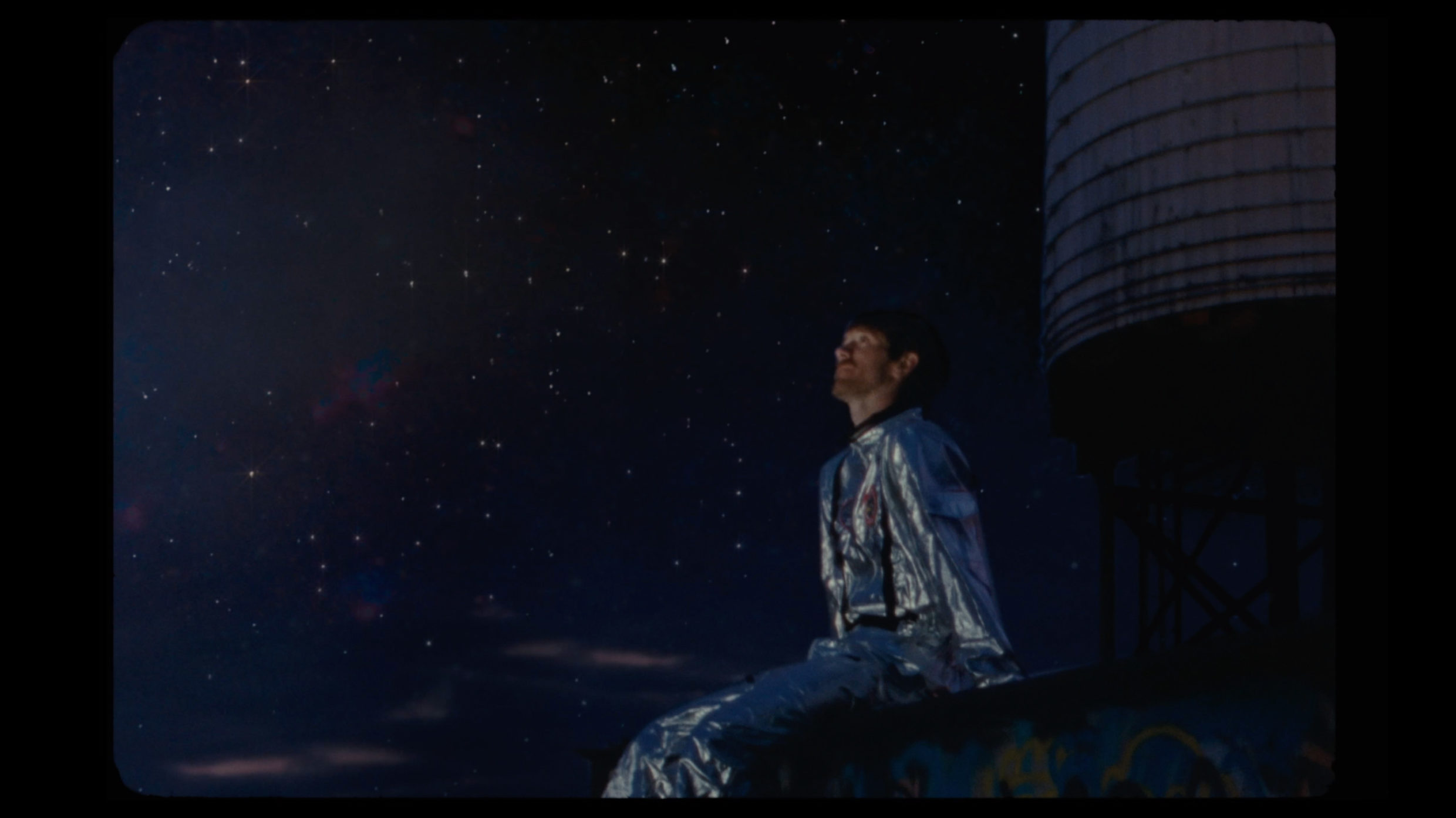
From casting, to location scouting to movement direction, how did your team approach the process of bringing each elder’s story to life?
The interviews were so profound for me personally that my driving force was to honour each of these people’s sentiments.
Every decision – from music to cinematography to casting to dance – had the goal of making a young audience stop and listen, truly listen. In our fast-paced internet world having anyone, especially young people, switch off for eight minutes isn’t the norm, but I decided to go against the algorithms and ask people for their time.
I’d say to each head of department, “I want to send our audience into a trance. Everything should feel mesmerising”. Our creative choices were grounded in simplicity instead of fighting for attention with big dance moves and a pumping song.
My wife Vanessa Marian is an amazing choreographer / movement director so dance is in our household on the daily. She has opened my eyes to the power and possibilities of her craft. We decided to map the words of the elderly onto the bodies of our younger generations.
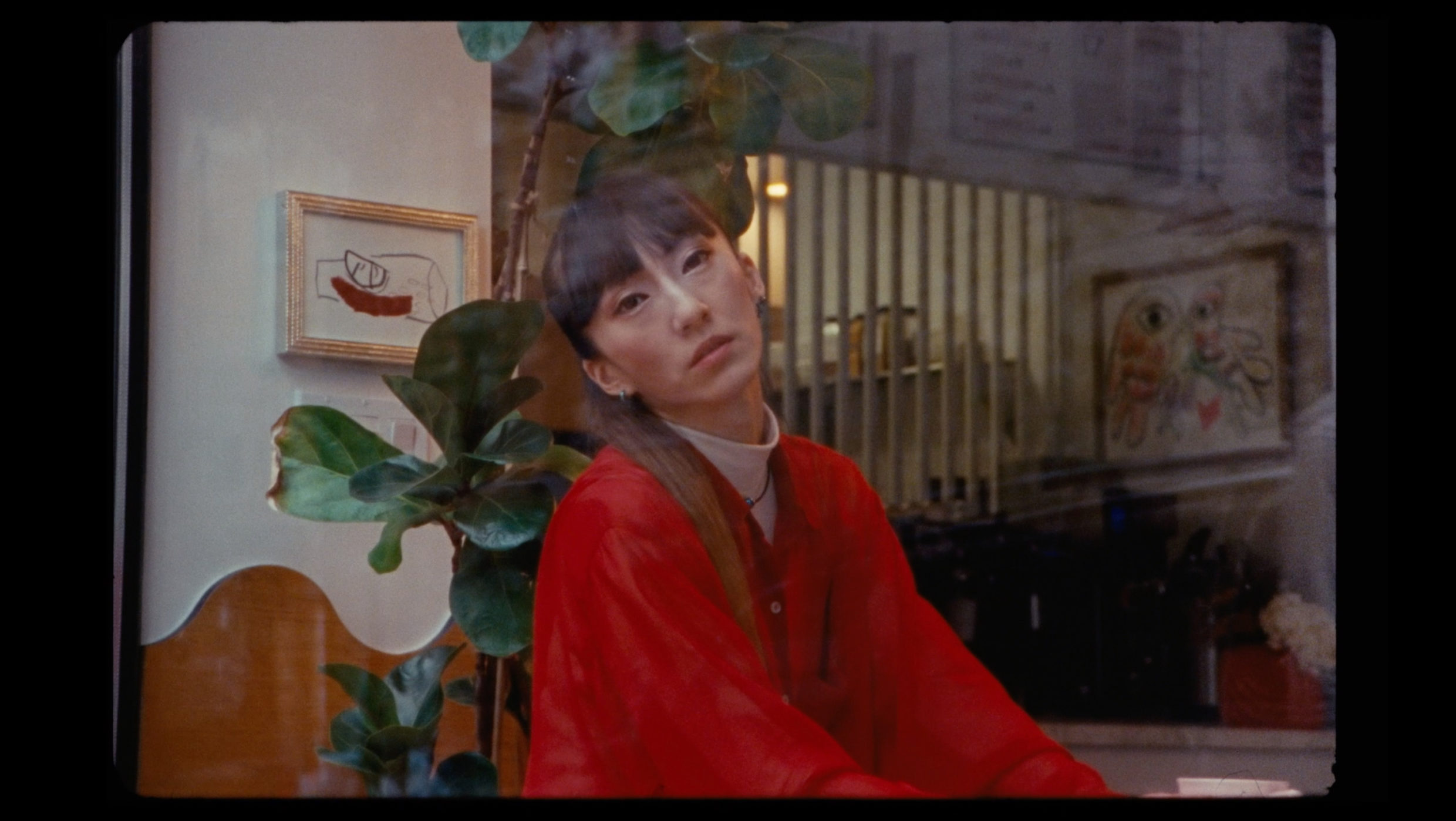
The Saw The Sun First features vignettes of actors watching and moving underneath the sun. Can you explain your choice to title it this, and the significance of the sun?
I came across the proverb ‘Old people’s speech is not to be dishonoured, after all they saw the sun first’. It resonated with the entire message of the project. The sun represents the rising of new beginnings, the setting of old chapters and time spent walking the earth. It’s a constant as we each experience life and gain wisdom on our journeys.
They Saw The Sun First won a Webby for Best Art & Experimental Film. What does your Webby win mean to you?
A friend described this film beautifully as “a love letter to life”. With the challenges of the past two years it’s nice to be reminded of that sometimes. Winning a Webby represents the global resonance of this film. I can’t express how much that means to our team. Thank you so much.
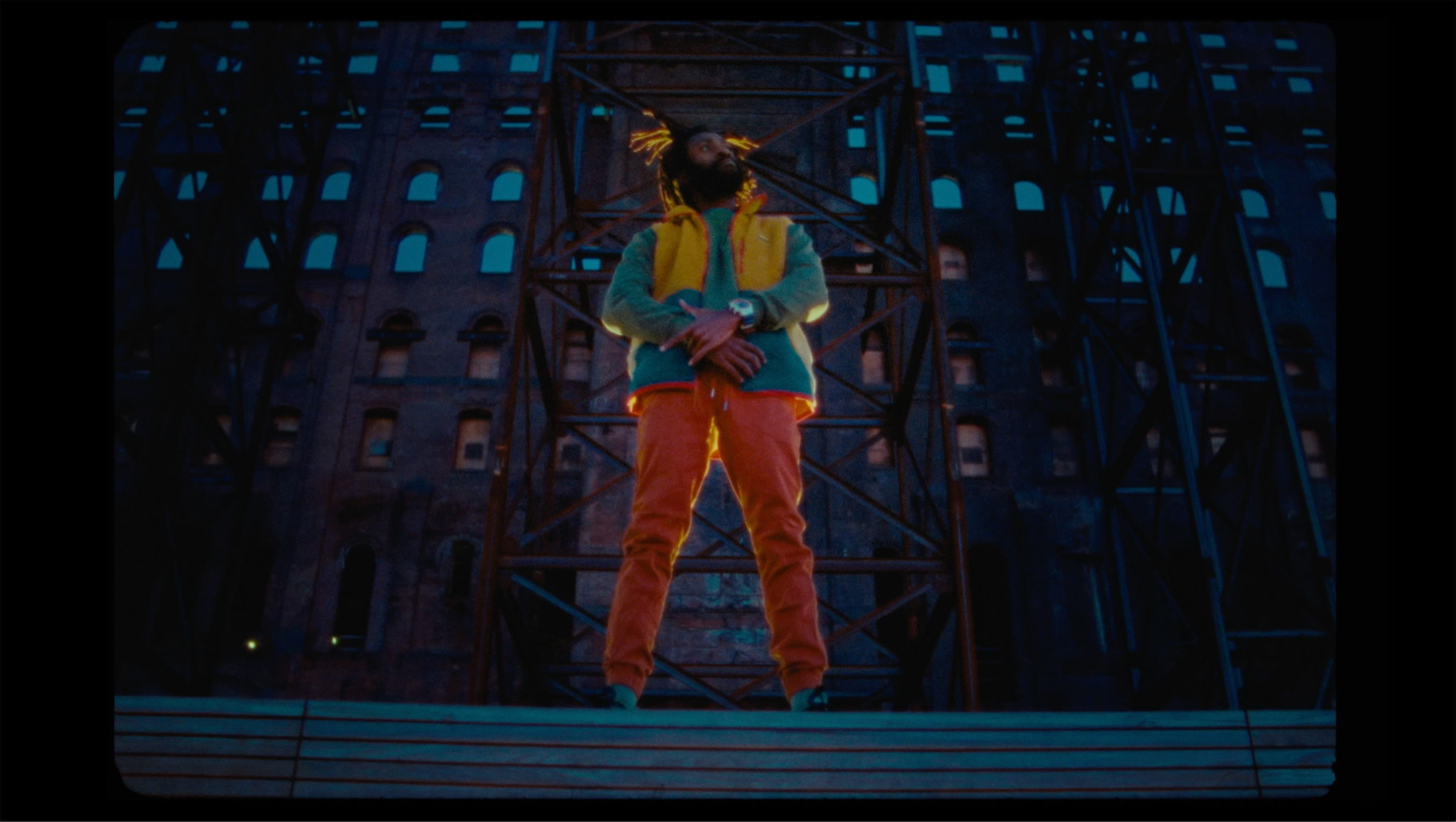

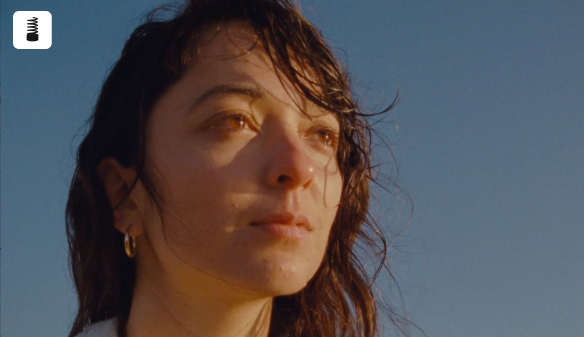

 Twitter
Twitter